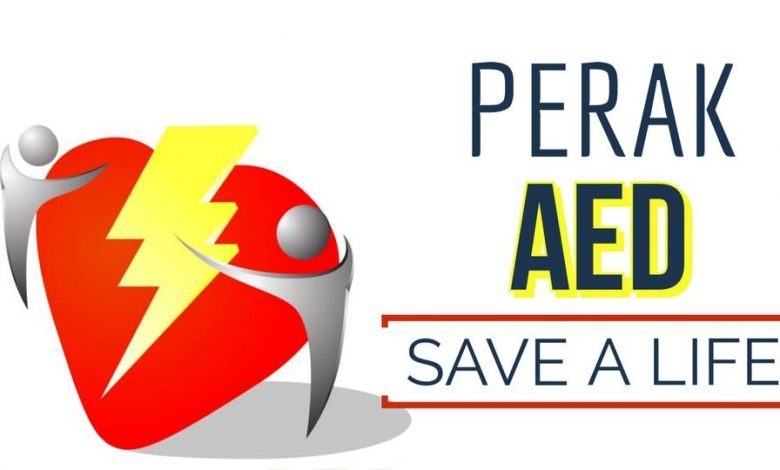

By Lam Yat Yee
After meeting AED Perak for the Ipoh Heart Run and learning more about the lack of awareness surrounding the topic of AEDs (Automated External Defibrillators), public CPR (cardiopulmonary resuscitation), and generally, cardiac arrests, we wanted to know more. Thus, following a brief conversation with the President (Dr. Cheah Pike Kuan) and Secretary (Mr. Voon Yeow Hong) of AED Perak Save A Life Society, here’s what we learned;
What do we need to know?
Before we get into the contents of the conversation, let us first be clear on what, exactly, a cardiac arrest is.
In medical terms, a cardiac arrest (also known as cardiopulmonary arrest or circulatory arrest) is defined as the abrupt cessation of effective heart activity, specifically the failure of the heart to pump blood to the body. It is characterised by the absence of a palpable pulse, unresponsiveness, and the cessation of normal breathing.
In simple words, a cardiac arrest is a sudden and unexpected loss of heart function. However, a cardiac arrest and a heart attack are two different things.
And this unpredictable stoppage in heart function? It does not discriminate. It could strike anyone anytime, anywhere. The elderly, the middle-aged, the young.
Hence, although the prevalence of suffering a cardiac arrest increases with several factors such as health and age, it remains noteworthy that even infants and children face the same risk.
Firstly, there are several types of cardiac arrest cases.
According to Dr. Cheah,
“Most of the time when cardiac arrests occur to children, it is caused by lack of oxygen. We call this hypoxia – rather than cardiac arrest or heart problems. In adults, most of them [cardiac arrest cases] are due to heart problems.”
She also added, with much emphasis, that such cases most commonly occur outside of medical facilities, where the victims’ chances of survival are very much reduced by the absence of medical equipment and personnel.
Put into perspective, the chances of surviving a cardiac arrest outside a medical facility goes below 5% even at best.
You see, there are two types of cardiac arrest cases, one where, as popularly depicted in K-dramas, a flat line is observed on the heartbeat monitor.
“In such a case, nothing can be done besides continuing CPR.”
The other likely case is known as ventricular fibrillation[1].
“Here, the heart is not pumping blood but rather fibrillating. In such a case, cardiac output is low and hardly any blood is supplied to body cells.”
Second, we must realise the gravity of installing more public AED devices.
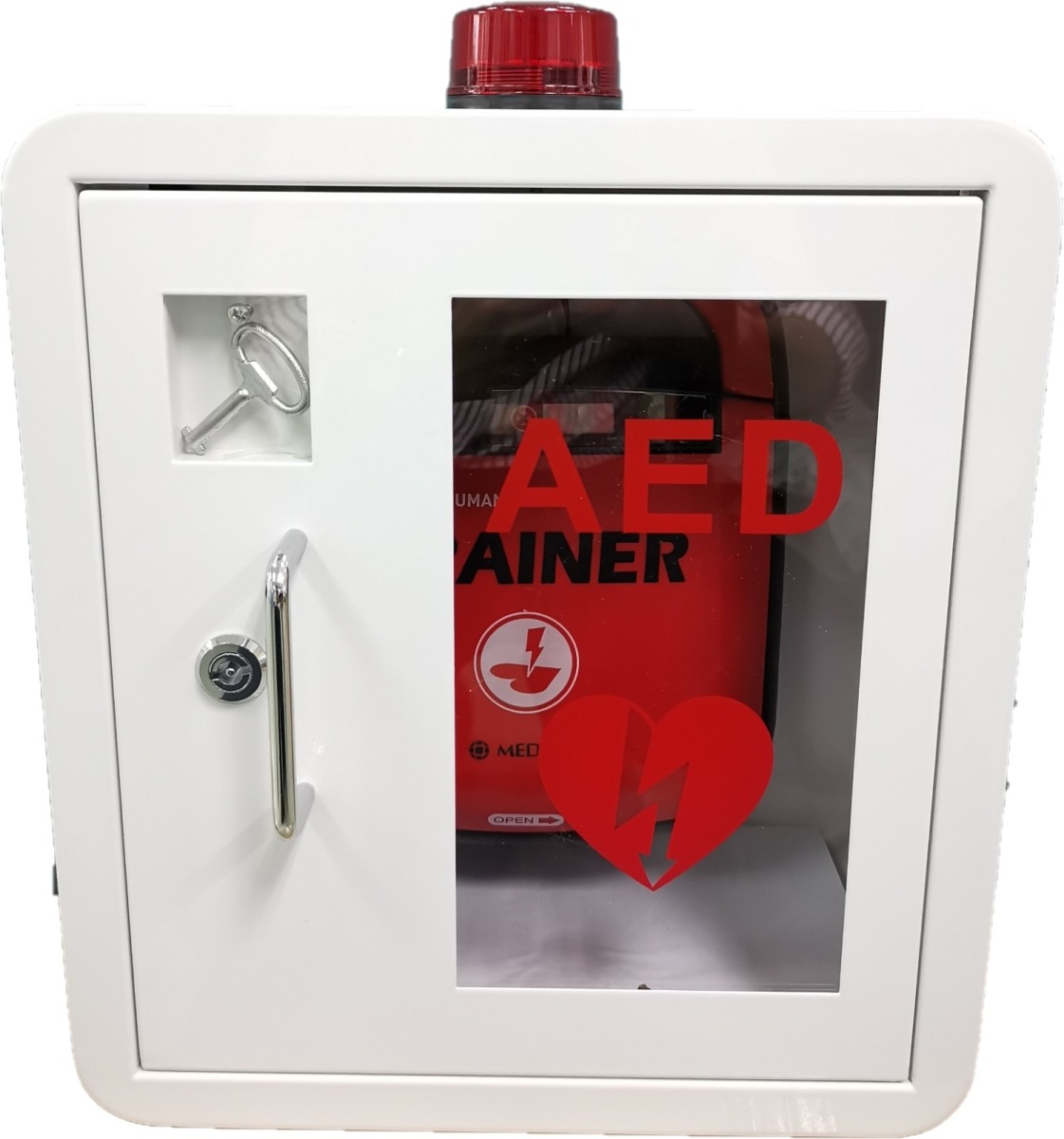

60% of cardiac arrest cases that occur among adults are ventricular fibrillation cases. In the event that this occurs outside of a medical facility, the presence of an AED device could mean life or death.
This is because the automated defibrillator functions to scan the victim’s state and, if needed, deliver electric shocks to restore the heart’s palpitations to a normal rhythm and to return it to its normal function within the Four Golden Minutes[2].
If the CPR is started after four minutes, the patient may survive, but will suffer certain deficits as the brain damage would have set in. After ten minutes, brain death would have set in.
“When there is no blood flow, no oxygen to our brain for four minutes onwards, it will begin to get damaged. The brain cells will start dying, damage will set in. By ten minutes, if nothing has been done, irreversible brain death would have happened.”
And factoring in the time taken for public emergency response services to arrive, it usually takes anywhere between 10-30 minutes for an ambulance to arrive with an AED device of their own. Hence, it is crucial to have public AED devices that may be used while waiting for an ambulance to arrive.
Dr. Cheah explained that, “Anyone who has performed CPR in real life would know; after performing good CPR for even 2 minutes, it’s likely that they will be exhausted. Hence, it is important to have more than one person who is capable of performing CPR to take turns. Even a medically trained professional would need a team. That is why we need more public AEDs and CPR education.”
Without the aid of an AED device and only CPR, the survival rate of the victim of such a case will only be 10%. But, if CPR is performed and an AED device is used, the victim’s survival rate increases as much as 30-70%.
Moving on, we must also face the fact that too many of us do not know what to do in the event of a person collapsing in public.
Let’s be frank. In Malaysia, the chances that someone would know what to do should they witness a person collapse is close to zero. Factoring in this aspect, Malaysia is far behind countless other countries as we lack the awareness, equipment, as well as public resuscitation knowledge.
Now, we know that locally, we definitely don’t have enough AEDs in Perak – nor do we have sufficient awareness surrounding the issue.
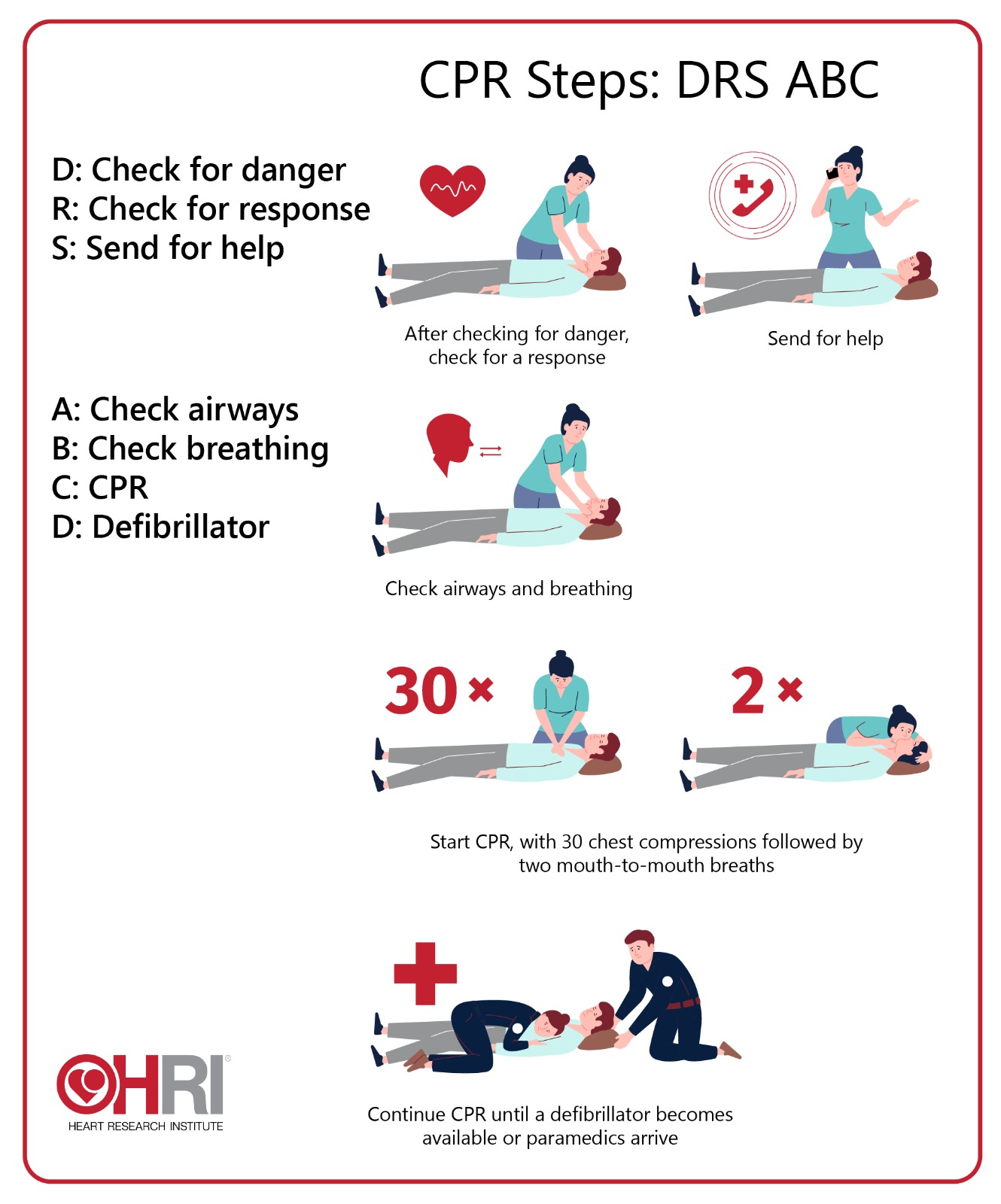

Thus, this is where AED Perak Save A Life Society comes in.
Established in 2019, AED Perak was initiated by a group of cardiologists, anaesthetists and supported by several NGOs such as St. John Ambulance, Red Crescent Perak, and most importantly, Ipoh Cardiovascular Society.
That was when the first public AED was installed in Perak.
To clear up any possible confusion, and as elucidated by Dr. Cheah, the AED is a device that can be safely used by anyone.
“Even if you are not a trained healthcare personnel – all that is required is a brief training program; there aren’t many buttons that need to be pressed.”
As stated in their motto, AED Perak aims to save lives.
Primarily, through awareness.
AED Perak trains the public to perform CPR and operate AED devices as contrary to public belief, cardiac arrests are highly unpredictable.
“It can happen to anybody at any time, anywhere. Nobody can predict a cardiac arrest. So, it’s good for the public to learn and to know how to use an AED.
“So we hope that we can convey the message and give the knowledge to the public so that they can start the resuscitation and use the AED on time.”
Initially, AED Perak focused on Ipoh due to the higher manpower available in the area to assist in the maintenance of AED devices. But as Ipoh isn’t the only populated area, obviously, within Perak, AED Perak has expanded to parts of Taiping as they gained traction in the town, with some local residents joining the cause.
Additionally, as awareness means to educate, AED Perak also hopes to equip the youth of today with sufficient response information.
Dr. Cheah emphasised on the resuscitation algorithm DRSABCD, an acronym for Danger, Responsiveness, Send, Airway, Breathing, Circulation, and Defibrillation (which is where the AED devices comes in).
Presently, AED Perak has made 11 AED devices available for public use in Ipoh and Taiping.
A figure which, however promising, remains severely insufficient to cater for the two towns’ high population density, much less the whole of Perak. AED Perak hopes to expand their efforts to Teluk Intan, Manjung, and such areas in the future.
Among the 11 locations are the Majlis Bandaraya Ipoh (MBI) headquarters, Urban Transformation Centre (UTC) Perak, Ipoh KTM Station, Kledang Hill,
“All we need are the trainers – which we (AED Perak) have – and the people to learn the proper techniques.”
Internationally, there are countries where the knowledge to perform CPR and operate an AED device are incorporated into the education syllabus.
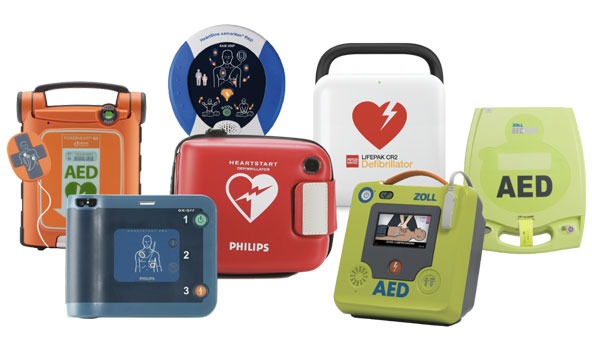

The goal is to build a Perak where everyone has access to public access defibrillation programs, and where anyone can access the nearest AED device and perform CPR or defibrillation on the spot. For example, take the pedestrian-dense (you guessed it) Japan, the standards are to have a public AED available within every 400m radius.
This applies especially to areas with high population flow, such as sports complexes, bus stations, train stations, airports, and shopping malls.
And gradually, AED Perak hopes to expand to areas beyond Ipoh, namely, Teluk Intan, Manjung, and Tanjung Malim.
The main obstacles we face remain to be the lack of public awareness and education, lack of funds (as one single AED costs up to RM 10,000, plus maintenance), and lack of publicity – hence this article.
Therefore we need you to educate those around you, to simply bring attention to this cause for it could very much mean the difference between life and death at any moment.
Finally, thank you, AED Perak for your compassion and for your diligence, and thank you, dear reader, for staying with us thus far through this long, factual article.
And, of course; a share can, and will, save a life!
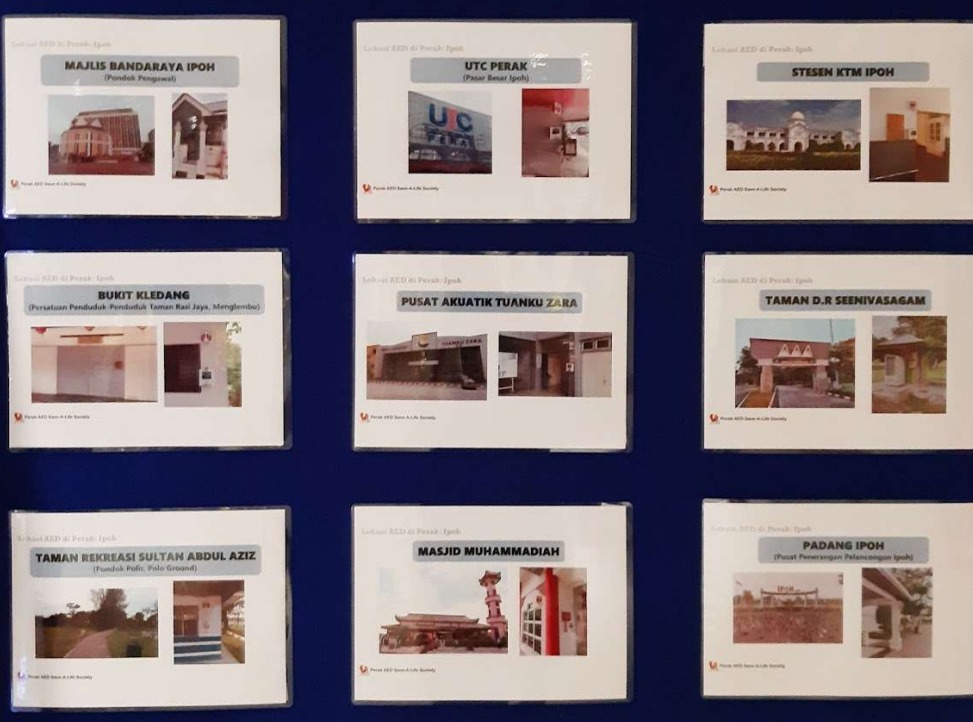

***
If anyone wishes to find out more or arrange for classes to be held for a certain community, they may reach out via Facebook, which is Perak AED: Save A Life
[1] Ventricular fibrillation: This is a type of irregular heart rhythm (arrhythmia). During ventricular fibrillation, the lower heart chambers contract in a very rapid and uncoordinated manner. As a result, the heart doesn’t pump blood to the rest of the body. [2] Four Golden Minutes: If cardiopulmonary resuscitation can be performed in time within 4 minutes, human life can be saved. This time is called “Golden Time” for life-saving; if it exceeds 8 minutes, the success rate of the life-saving is only 5%, and it is basically impossible to save life after 16 minutes.

